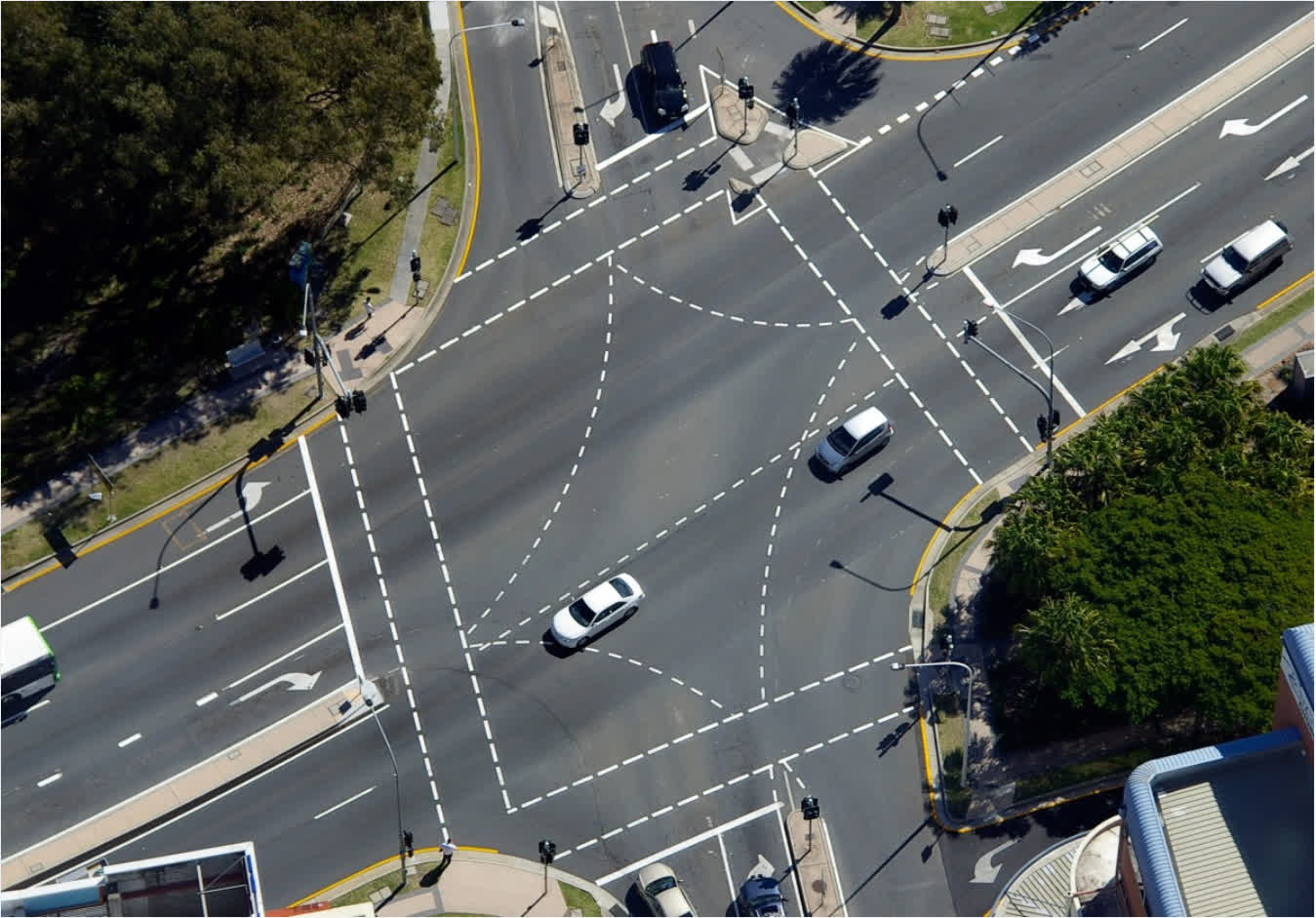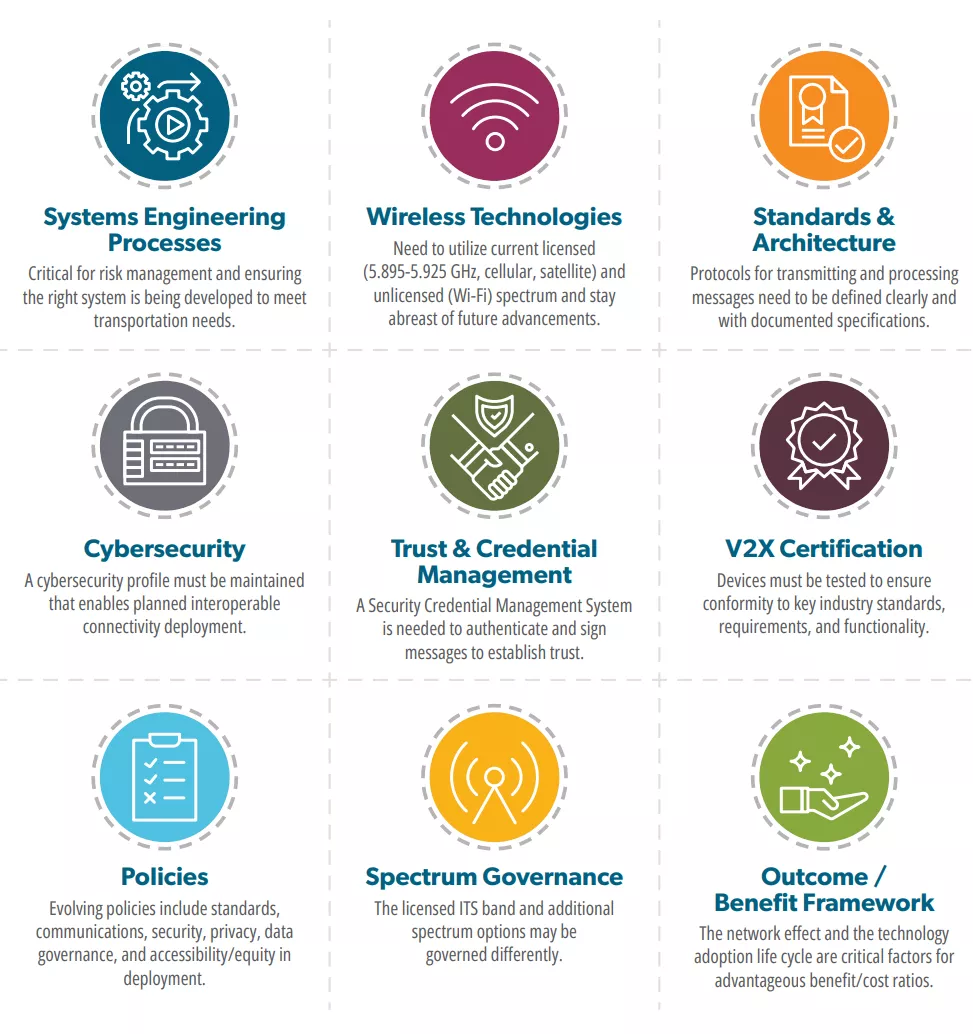Tech News
Driving toward zero: how the DOT plans to use V2X wireless communication to eliminate traffic fatalities

In summary: The National Highway Traffic Safety Association (NHTSA) reported 40,000 traffic-related fatalities last year. To combat this, the U.S. Department of Transportation is introducing V2X, a comprehensive technology framework aimed at reducing traffic deaths to zero by improving infrastructure, vehicle technology, and regulations for safer road travel.
Over the years, automakers and regulatory agencies have implemented various safety features like Blind Spot Detection, Lane Departure Warning, and Automatic Emergency Braking to enhance driver safety. The slow adoption of these features prompted the DOT to introduce V2X, which utilizes wireless communication technology for vehicles to exchange information and enhance driving safety.
The V2X plan includes Vehicle-to-Vehicle (V2V), Vehicle-to-Infrastructure (V2I), Vehicle-to-Pedestrian (V2P), and Vehicle-to-Network (V2N) communication for a holistic approach to road safety.
V2X is integrated into the National Intelligent Transportation Systems (ITS) Reference Architecture to ensure adaptability to newer technologies. The plan also focuses on cybersecurity with a Security Credential Management System (SCMS) to protect data privacy.

The DOT’s plan for V2X implementation includes infrastructure deployment, vehicle integration, spectrum management, and interoperability to encourage rapid adoption by automakers. The phased approach aims for significant adoption by 2036.
-

 Destination7 months ago
Destination7 months agoSingapore Airlines CEO set to join board of Air India, BA News, BA
-

 Breaking News8 months ago
Breaking News8 months agoCroatia to reintroduce compulsory military draft as regional tensions soar
-

 Tech News11 months ago
Tech News11 months agoBangladeshi police agents accused of selling citizens’ personal information on Telegram
-

 Breaking News9 months ago
Breaking News9 months agoBangladesh crisis: Refaat Ahmed sworn in as Bangladesh’s new chief justice
-

 Guides & Tips9 months ago
Guides & Tips9 months agoHave Unlimited Korean Food at MANY Unlimited Topokki!
-

 Gaming8 months ago
Gaming8 months agoThe Criterion Collection announces November 2024 releases, Seven Samurai 4K and more
-

 Toys10 months ago
Toys10 months ago15 of the Best Trike & Tricycles Mums Recommend
-

 Productivity10 months ago
Productivity10 months agoHow Your Contact Center Can Become A Customer Engagement Center























